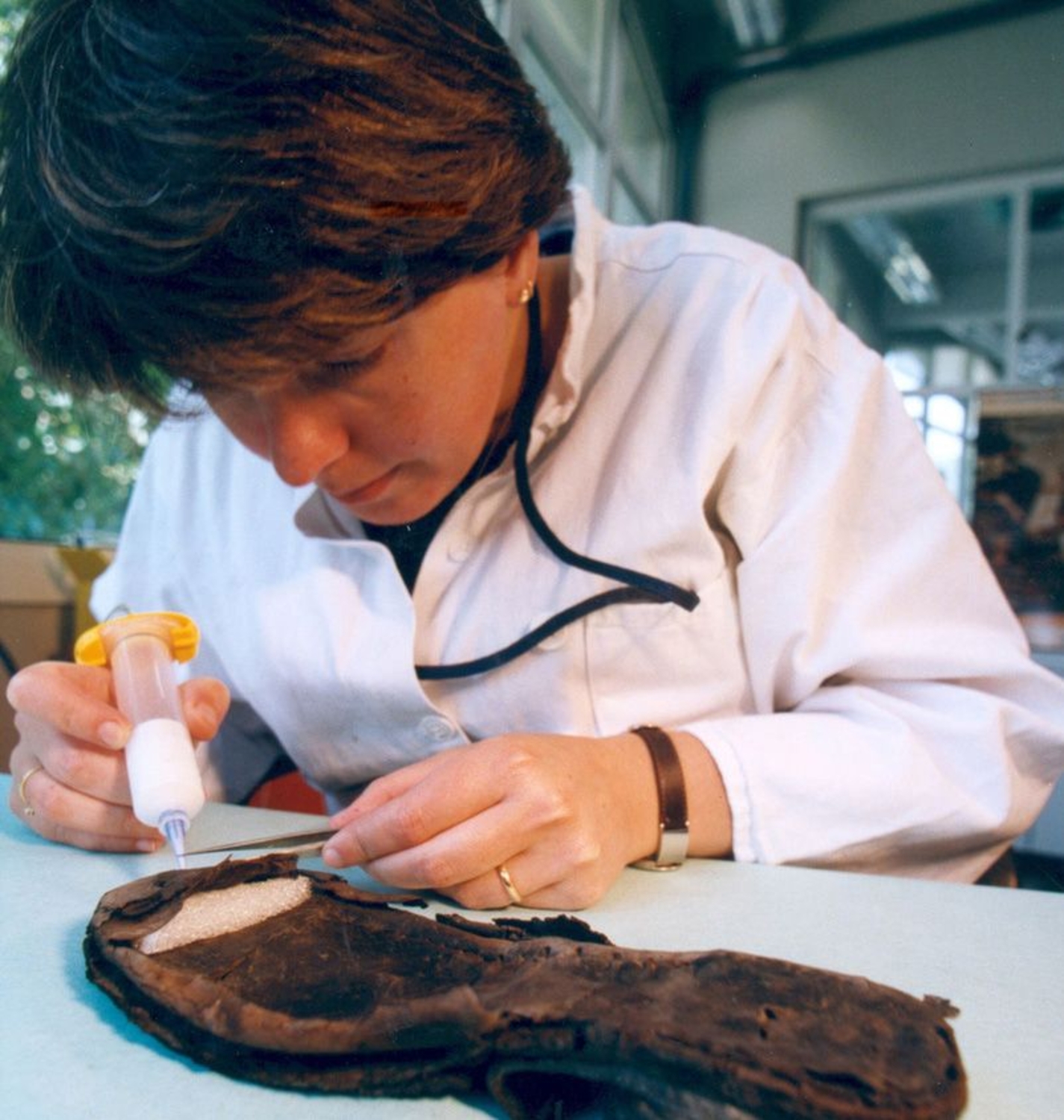
- Home
- Archaeological research
- Conservation and restoration
A storm, rocks, a battle, cannonballs – an entire seagoing world comes abruptly to a halt. Once the chaos of the ship's foundering ends, a long process of degradation sets in. Confronted with a hostile underwater environment, the ship's hull, blocks, shrouds, cannons and cargo slowly evolve until they reach a subtle equilibrium. The cellulose deserts the wood, iron objects disintegrate and, in just a few decades, the ship collapses into a multi-layered heap held together by sediment. After centuries of this petrified existence, the archaeological act is a violent one. Even when carried out carefully, it leads to breaches and casualties. The objects removed are like accident victims. As soon as they are rescued, first aid must be applied, and a strict curative treatment envisaged. The intervention is intensive, sometimes requiring irradiation and electrolysis. Patience is required, since the treatment is very long. It is also expensive both organic materials and metals require minute analysis and comparison. The results are impressive: a torn and waterlogged piece of leather becomes a shoe, and a shapeless mass of metal is reborn as a sword or a pistol that the owner kept loaded. Wooden objects have a story to tell: their rings reveal a place of birth, a life and events. For all of these objects, a combination of physics, chemistry, history and memory reveal the story behind the inanimate object.
Associated media
Open Media Library
